The relationship between muscle and fat deposition in pigs has long been a focal point for both agricultural researchers and meat producers. Understanding this dynamic is crucial for optimizing pork quality, improving feed efficiency, and meeting consumer demands for leaner or more marbled products. The interplay between these two tissue types dictates not only the market value of the meat but also the overall health and growth efficiency of the animals themselves.
Fat deposition in pigs occurs through a complex biological process influenced by genetics, nutrition, and environmental factors. Unlike humans, pigs have a remarkable capacity to convert feed into fat reserves with high efficiency. This trait, while beneficial for survival in wild populations, presents challenges in modern farming where excessive fat is often undesirable. Intramuscular fat – the marbling within muscle tissue – plays a particularly important role in meat quality, contributing to juiciness, flavor, and tenderness. The balance between lean muscle growth and fat accumulation becomes a careful equation that producers must solve.
Modern breeding programs have made significant strides in manipulating the muscle-to-fat ratio in commercial pig populations. Through selective breeding, certain pig breeds now exhibit dramatically different fat deposition patterns. Some lines have been developed to maximize lean muscle growth with minimal fat, while others maintain moderate fat levels for superior meat quality. These genetic differences manifest through variations in metabolic pathways, hormone sensitivity, and the activity of fat-producing enzymes within muscle and adipose tissues.
The cellular mechanisms behind fat deposition in muscle tissue involve intricate signaling between adipocytes (fat cells) and myocytes (muscle cells). Research has shown that certain growth factors and hormones can stimulate the transformation of stem cells into either muscle or fat cells. Myostatin, for instance, acts as a negative regulator of muscle growth while potentially promoting fat accumulation. Conversely, insulin-like growth factors tend to favor muscle development. The competition for cellular resources between these two tissue types creates a biological trade-off that directly impacts the final meat product.
Nutrition plays an equally critical role in determining muscle and fat composition. The type and amount of dietary energy sources significantly influence where nutrients are allocated within the pig's body. High-energy diets, particularly those rich in carbohydrates, tend to promote fat deposition when they exceed the animal's requirements for maintenance and muscle growth. Protein quality and amino acid balance also factor heavily into this equation, as they provide the building blocks for muscle tissue development without directly contributing to fat stores.
Environmental stressors can unexpectedly alter fat deposition patterns in growing pigs. Factors such as temperature fluctuations, stocking density, and handling procedures have all been shown to affect the muscle-to-fat ratio. Chronic stress often leads to elevated cortisol levels, which may redirect nutrients away from muscle growth toward fat accumulation, particularly in visceral fat deposits. This phenomenon explains why animal welfare considerations have become increasingly important in pork production systems aiming for consistent, high-quality meat outputs.
The timing of fat deposition throughout a pig's growth cycle presents another layer of complexity. Early growth phases tend to favor muscle development, while later stages see increased fat accumulation. This pattern has led to careful calculations regarding the optimal slaughter weight – the point where muscle growth begins to plateau but before excessive fat deposition occurs. Modern production systems use this knowledge to time market readiness with the most desirable carcass composition.
Emerging technologies are revolutionizing our understanding and control of muscle and fat deposition. Advanced imaging techniques allow for non-invasive tracking of tissue development in live animals. Genetic testing enables the identification of superior breeding stock based on their fat deposition markers. Even gut microbiome research has uncovered connections between microbial populations and nutrient partitioning between muscle and fat tissues. These innovations promise more precise control over pork quality characteristics in the coming years.
Consumer preferences continue to shape the direction of research and production practices regarding pork fat content. While health-conscious markets demand leaner products, culinary experts recognize the importance of adequate marbling for premium pork cuts. This dichotomy has led to specialized production lines catering to different market segments, from extra-lean pork for processed foods to well-marbled cuts for high-end restaurants. The challenge lies in efficiently producing this variety while maintaining animal health and welfare standards.
The future of pork production will likely see more sophisticated approaches to managing muscle and fat deposition. Gene editing technologies may allow for precise adjustments to fat metabolism pathways. Nutrigenomics could enable customized feeding programs based on an animal's genetic predisposition for lean or fatty growth. As our understanding of the biological mechanisms deepens, so too will our ability to produce pork that meets diverse quality standards while improving production efficiency and sustainability.
Ultimately, the science of muscle and fat deposition in pigs represents a fascinating intersection of animal biology, agricultural economics, and food science. The ongoing research in this field not only improves pork production but also contributes to our broader understanding of growth metabolism that may have implications for human health and other agricultural species. As the global demand for protein continues to rise, optimizing this balance between muscle and fat will remain a critical challenge for the pork industry.

By /Jul 14, 2025

By /Jul 14, 2025
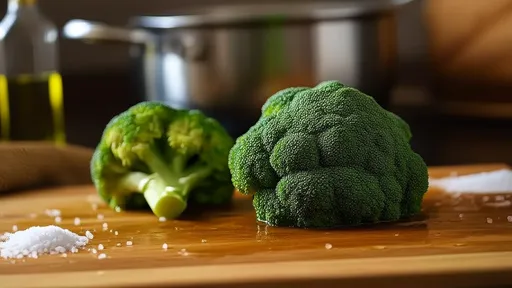
By /Jul 14, 2025
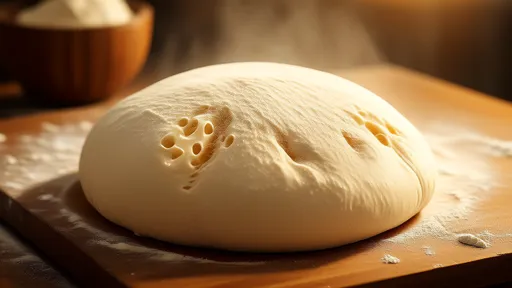
By /Jul 14, 2025

By /Jul 14, 2025

By /Jul 14, 2025
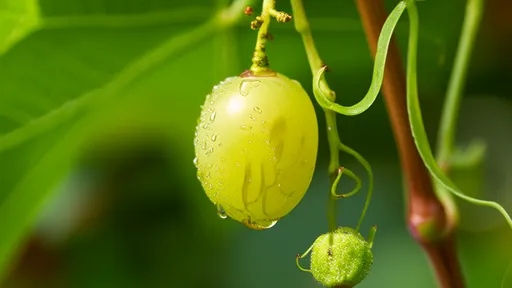
By /Jul 14, 2025
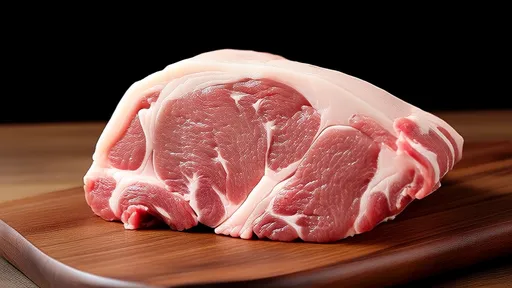
By /Jul 14, 2025
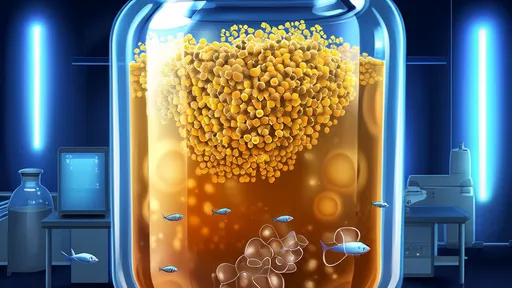
By /Jul 14, 2025
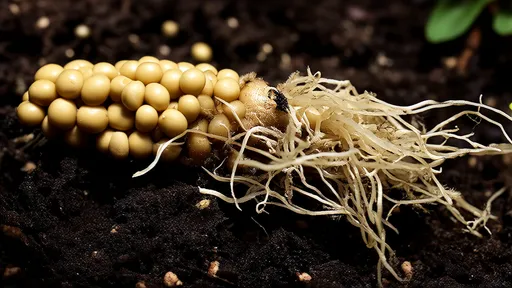
By /Jul 14, 2025
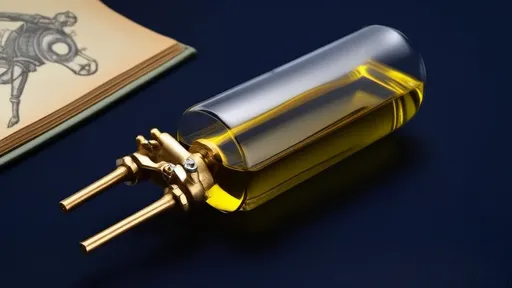
By /Jul 14, 2025
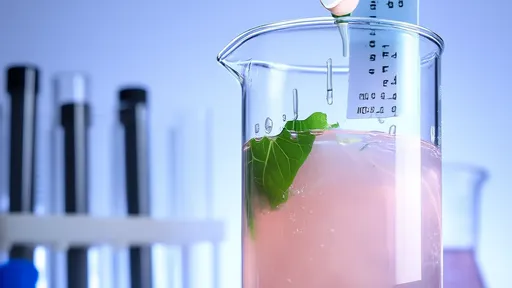
By /Jul 14, 2025
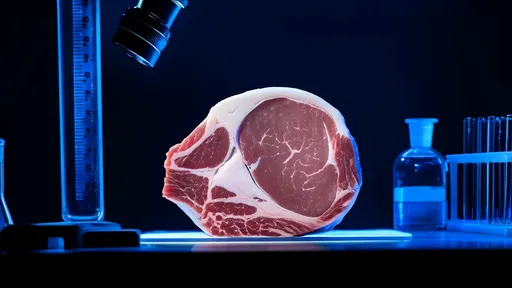
By /Jul 14, 2025

By /Jul 14, 2025
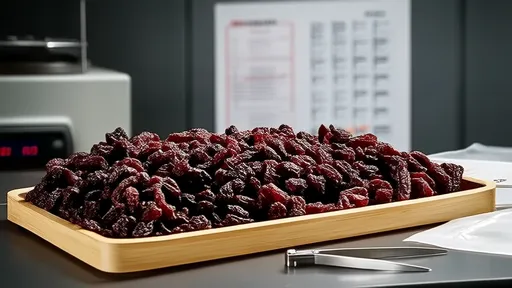
By /Jul 14, 2025
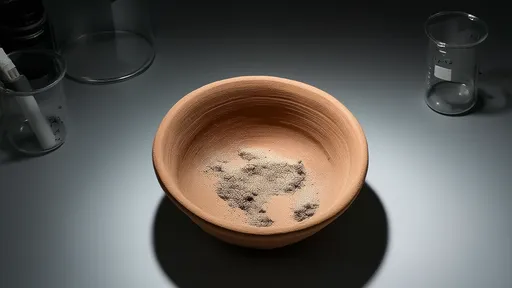
By /Jul 14, 2025
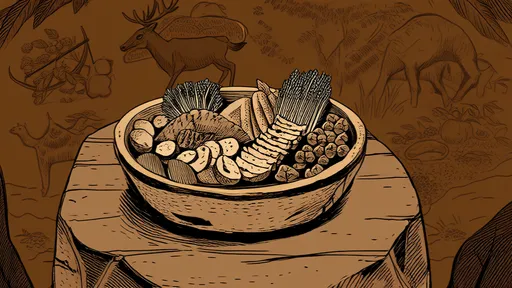
By /Jul 14, 2025
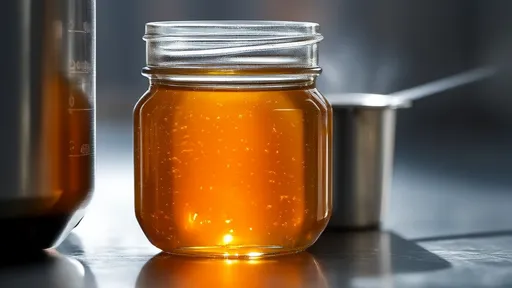
By /Jul 14, 2025